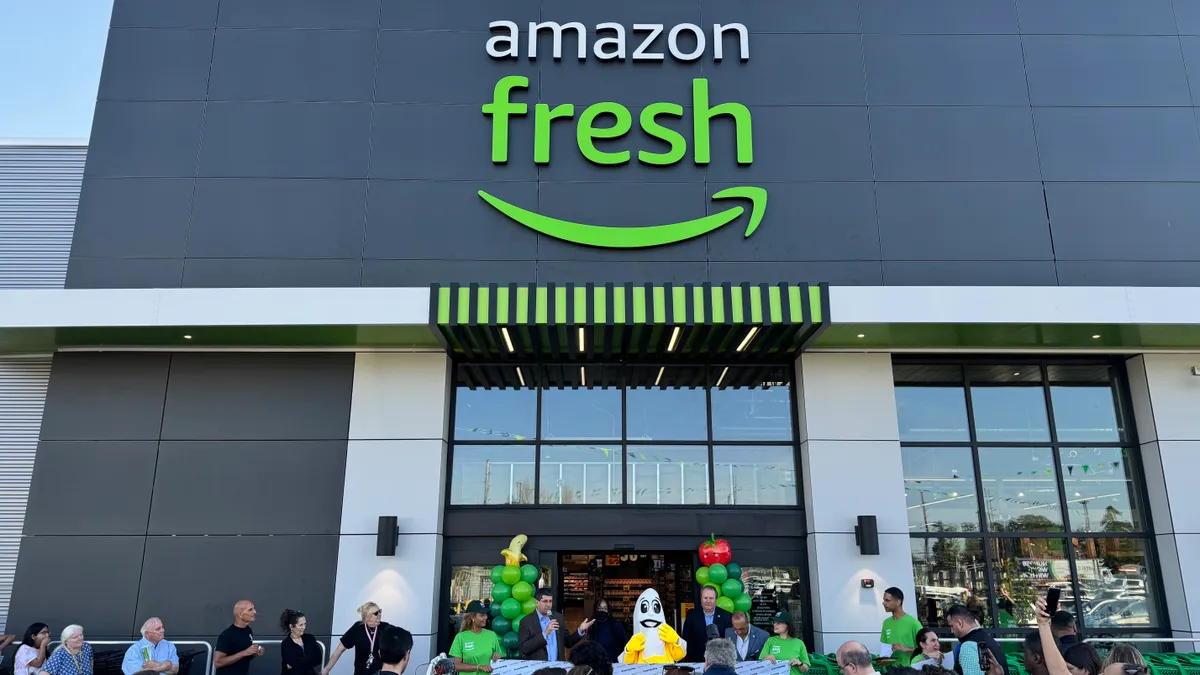Organizations seem to understand, be it through past experience or passed-down wisdom, that employee benefits speak to the concept of “more.”
Workers want more. That’s a statistical reality; workers across age groups still cite higher pay as a top motivation to move from job to job. And yet, as the concept of work takes on an increasingly more non-traditional form and demographic trends shift toward an unprecedented, five-generation workforce, employers’ thinking often sticks to the same script when it comes to employment perks beyond cash.
That is to say, when it comes to the challenge of attracting talent, benefits are really just an addendum to cash — icing on the cake. Besides the benefits mandated by federal law and supplemented by state law, mid-size and large employers in 2018 generally have a growing mix of offerings, from conventional dental coverage to trendier pet insurance.
The problem with “more”
Despite the addition of these new bells and whistles, employers still waste billions on benefits that go underutilized or, much worse, unrecognized by employees. To make new fixtures truly work, employers may have to change their understanding of what benefits mean to the modern worker, said Gregor Teusch, VP of total rewards at Lowe’s Companies, Inc.
“In the old days, it really was about finding a better job, or finding a job with better pay or better benefits,” Teusch told HR Dive. “In the new age, we're actually entering an era where your job is part of a better experience and better life.”
At stake is the ability to capture why perks are relevant to individual employees. A U.S. Bureau of Labor Statistics analysis of employer spend on compensation during September 2017 showed an average benefits spend of $11.31 per hour worked. During that one month alone, benefits accounted for almost a third (31.7%) of all compensation costs.
“You have all this innovation occurring, and the solutions that are coming out in the market are basically being put at the door of the benefits departments,” said Robert Cavanaugh, president of field operations for Accolade. “This stuff can help, but it's not working together.”
In short, failure to connect with workers is extremely wasteful. And the average employee is nothing if not confused by the complexity of his or her benefits. Experts within the employee benefits community believe industry trends towards personalization and ease-of-use provide a blueprint for making benefits actually work in the lives of workers.
It’s all about the journey
Personalization is a term that gets thrown around a lot, but it has become vital for those who seek to re-shape the way workers use their benefits.
“I think those on the cutting edge of benefits planning and making benefits decisions are really taking a step back from a product-centric view of how to get your employees well, and really looking at, ‘how do we optimize our employee experience and our employee journey,’” said Tom Conlon, business success executive at Betterment for Business.
The key to that strategy is getting to know the needs of the employee at the ground level, he added. “It's really a more bottom-up approach and really concentrating on providing optimal outcomes, not providing the products to a plan sponsor.”
Asking each employee about his or her ideal wellness plan, health goals and biometrics may sound like a Herculean undertaking, but it doesn't have to be. Look to point solutions (i.e. apps) that utilize employees’ own personal devices and gather information quickly.
“There’s this expectation now that you can log in, go to certain sites and answer questions — then you receive recommendations,” said Jeff Oldham, SVP of employer sales at Benefitfocus. “Benefits should be no different.”
At the same time, don’t allow benefits notifications to overwhelm workers to the point that they can’t focus. “If you actually want them to focus for a good 15-30 seconds on an item, that's great,” Teusch said. “Keep it tight, keep it focused, and let them get on with other things.”
Rethink your communication strategy
A commonly-cited problem with informing employees about their options is that most large companies tend to confine the release of information to open enrollment season. As reasonable as this strategy sounds, it’s a lot for a worker to take near the end of the fiscal year.
“You’ve got to make communication a year-round process,” Alex Ward, Southeast region VP for Hodges-Mace, told HR Dive. “There’s a ton of opportunity around the year to engage with people and make them better consumers. You’re going to get more mileage when you do things month-by-month.”
Again, it’s not about overloading people with every available option all at once. Not only does that make it harder for individual employees to determine what matters most to them; it’s also a waste of time for the employer. Smart HR departments are aware that employees are almost certainly more likely to ask about coverage when a problem arises.
“What ultimately happens is somebody becomes sick, they become injured, including members of families, and that's when the complexity of the modern healthcare ecosystem rears its ugly head,” said Teusch, who believes it’s more intuitive to think of benefits as a net, there for workers when problems crop up.
“What we've tried to design historically is this, ‘how do we actually wrap a supportive structure around employees, so they can get the help they need very simply, very easily, as quickly as possible?’” he added.
As generational shifts in the workplace continue, employers also should take into account the need to accommodate the media consumption habits of various demographics. “You’re going to have to customize with five generations in the workforce,” Ward said. “Each one is going to attack information in a different way.” Regardless of the methods you choose — perhaps visual aids in the breakroom or Facebook posts — the key is to reach the decision-maker.
With Generation Z especially, there’s a need to keep information available in short, digestible bits, said Jeff Corbin, founder and CEO of APPrise Mobile. Corbin suggests a comprehensive mobile strategy that includes soundbites and short videos or webinars.
“It's not just about giving them the pamphlets or scheduling the meeting, or having someone come in and lecture at them for an hour,” he added. “It's changing the way in which content is contributed.”
Remember, you’re dealing with human beings
Though especially true when it comes to healthcare benefits, the human element of HR needs to shine through in the delivery of all your offerings, and not just in the marketing. Vendors haven’t been shy about predicting a future in which there’s an app for everything, including wellness. But leaders like Teusch aren’t sure that’s the most useful outlook to take in 2018.
“In some respects I've think we've explored that fringe, and we're coming back around,” he said, “because we've recognized that as human beings, especially for healthcare-oriented needs, these are deeply personal if not fully emotional moments that require a slightly higher standard of interaction.”
The journey that an employee takes through your critical illness plan or your retirement plan can be thought of as a shorter part of their overall employment journey. Benefits are, in other words, an extension of the work-life balance demanded by hard-to-find talent in today’s workforce. That may be reason enough to rethink your approach.
“Presumably, if we're going to hire somebody to work in our store for today, we actually want them to be here 10 years from now,” Teusch said. “And as they go through all of these life events, we're the platform for those dreams to come true.”




















